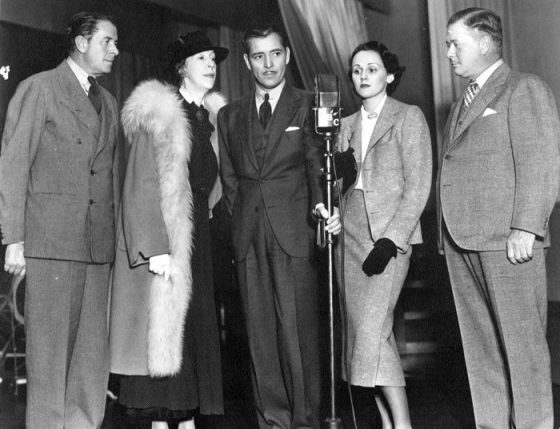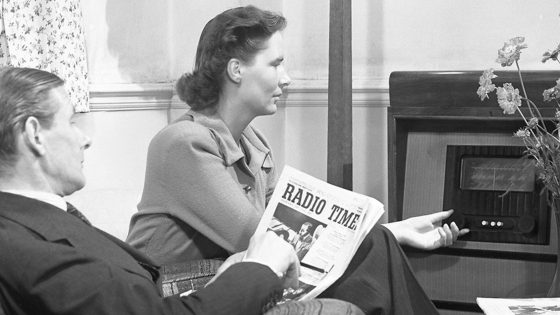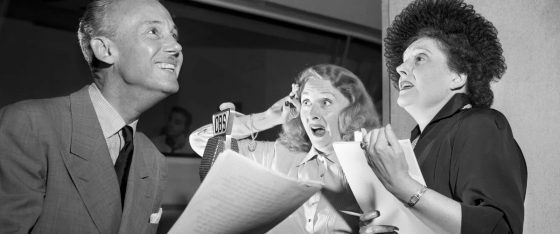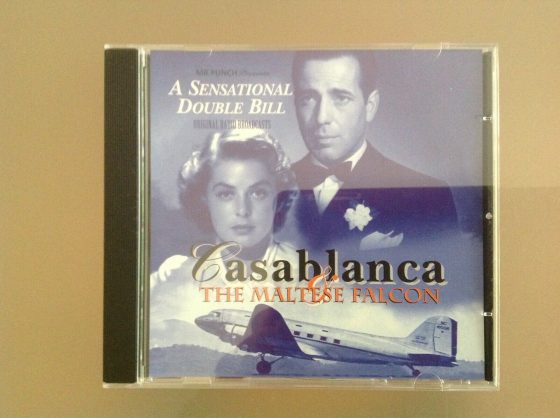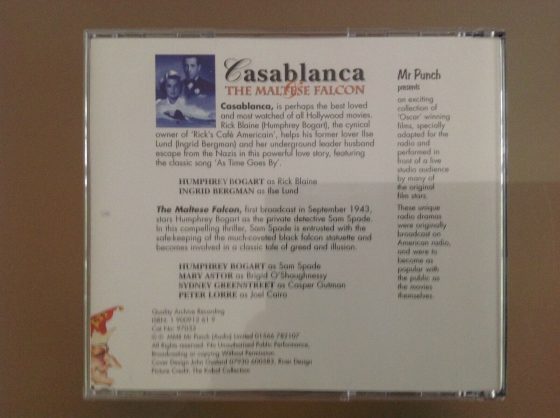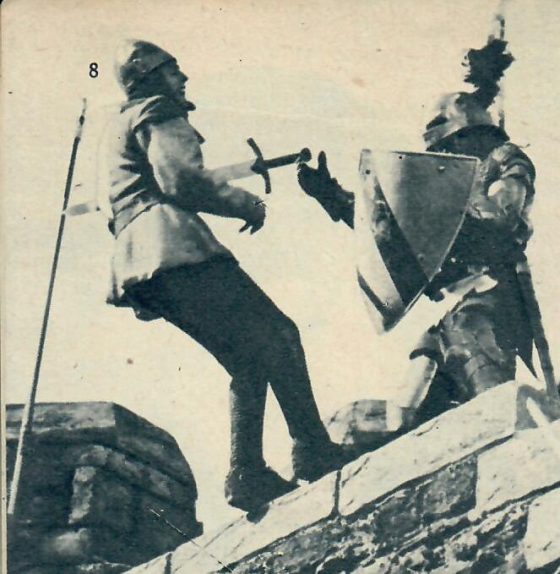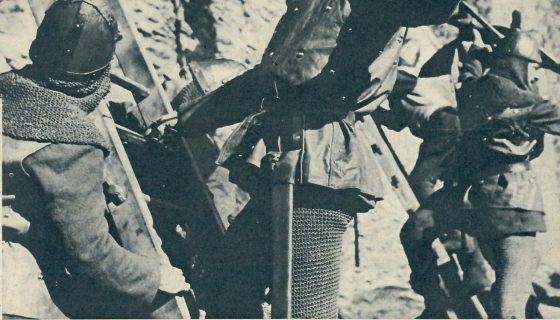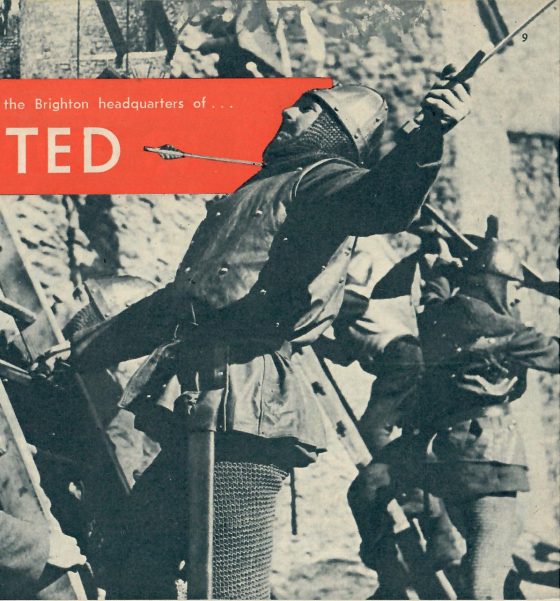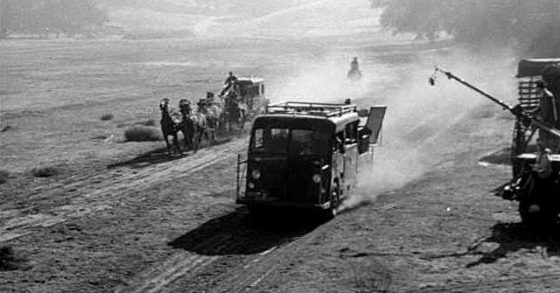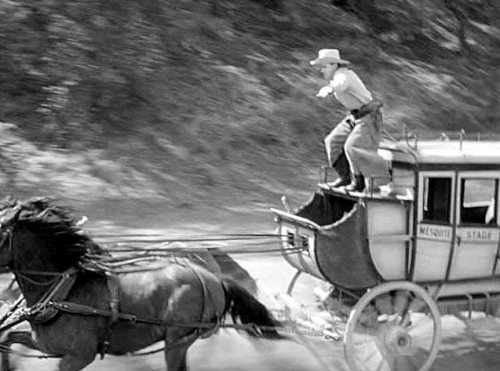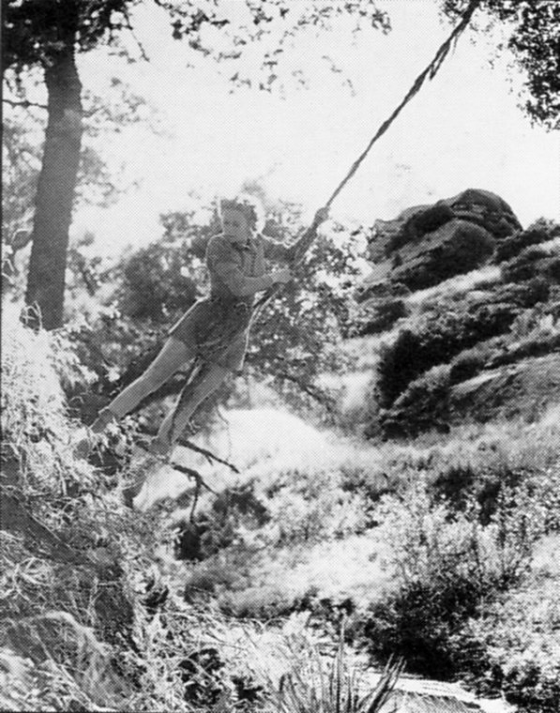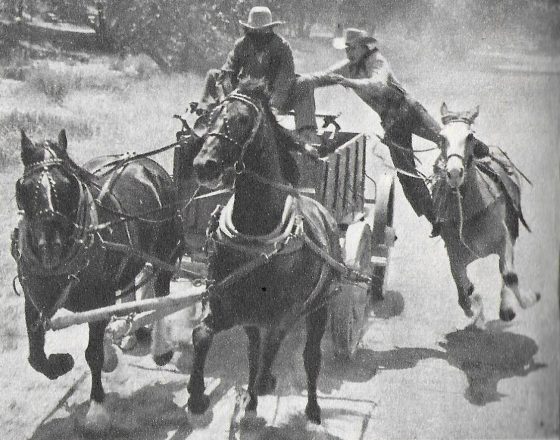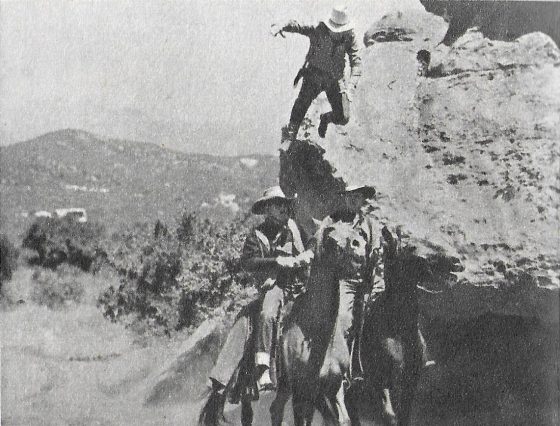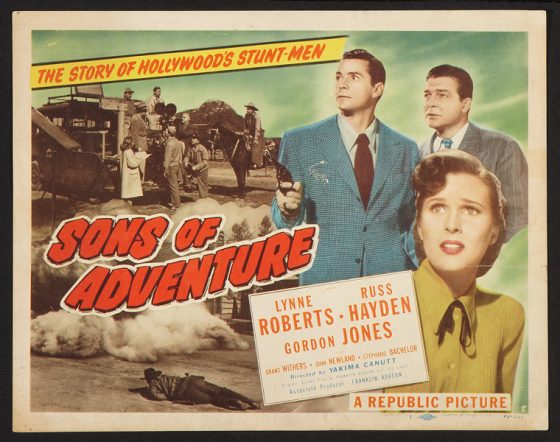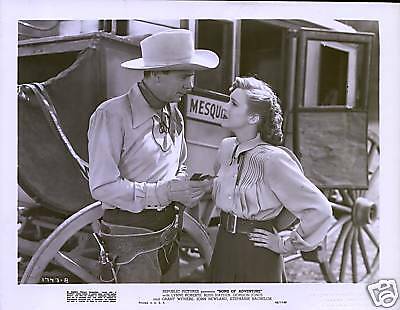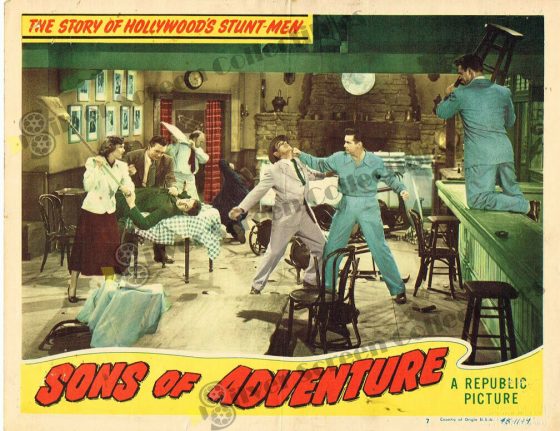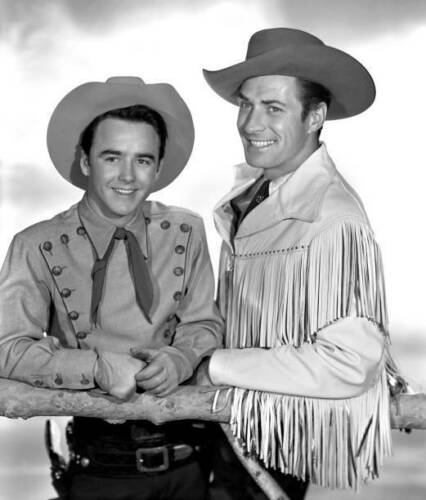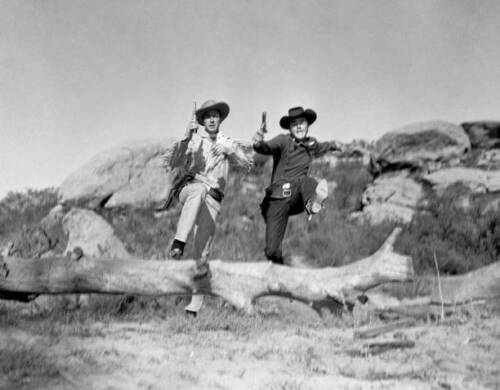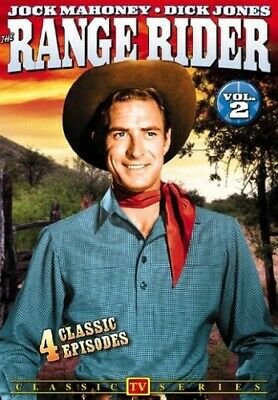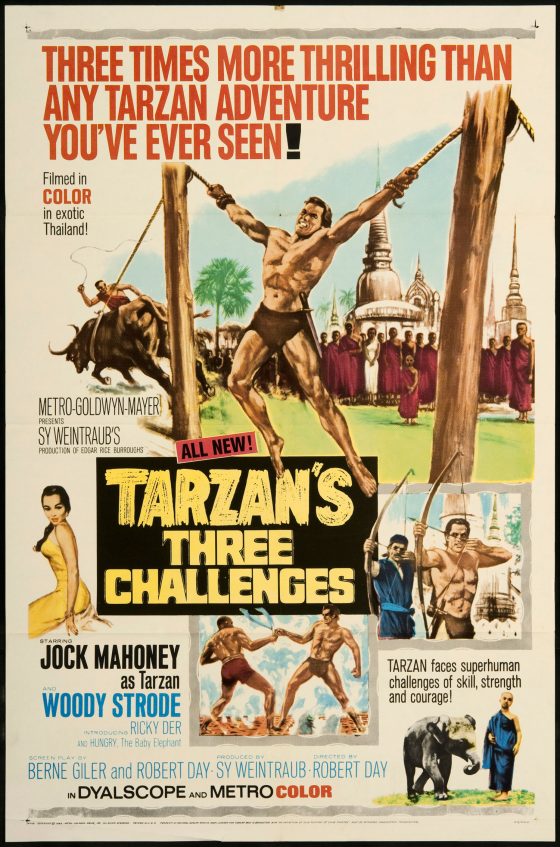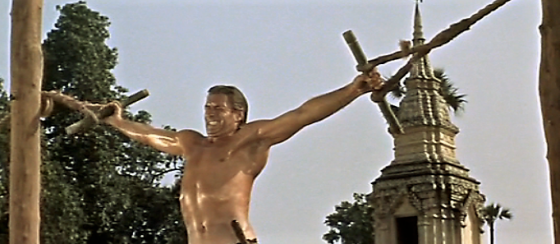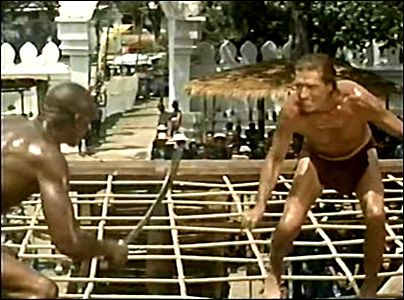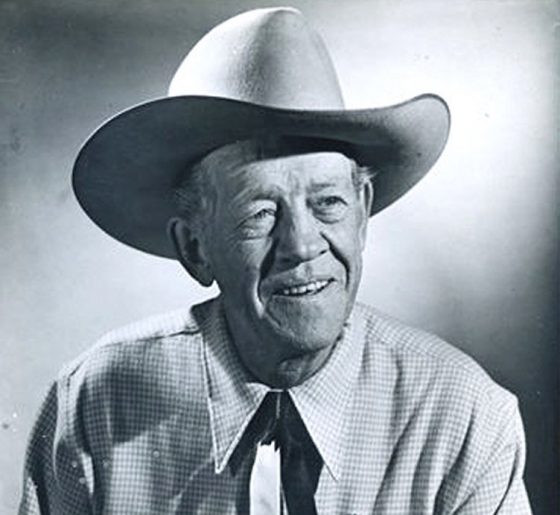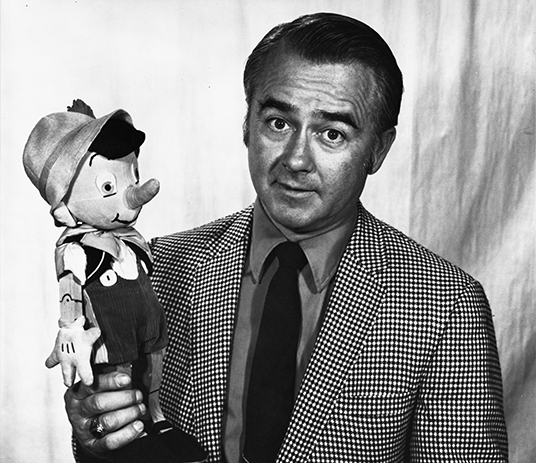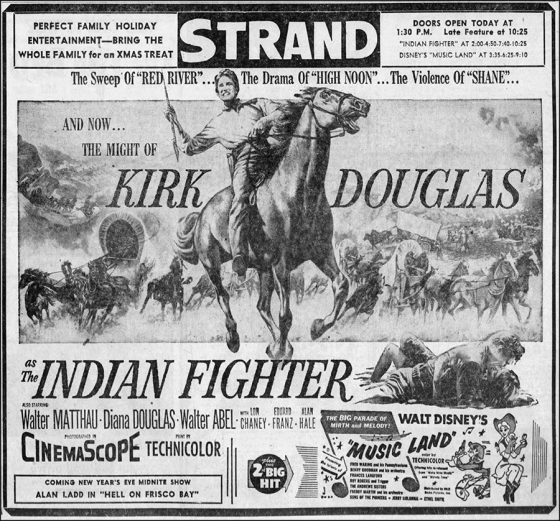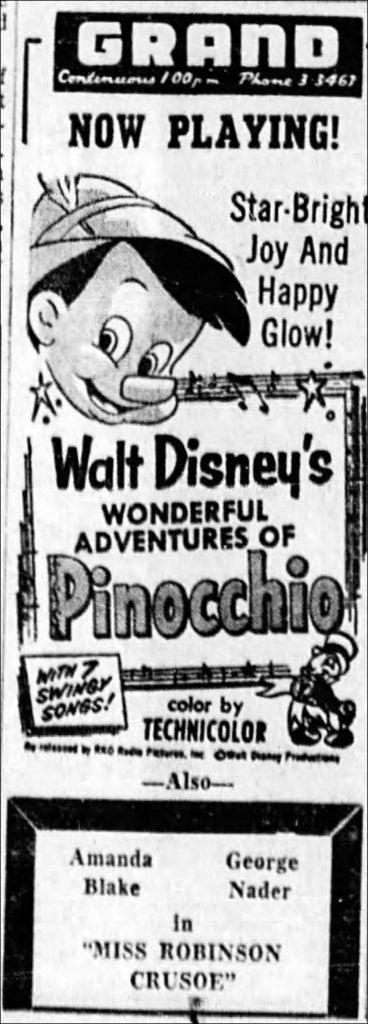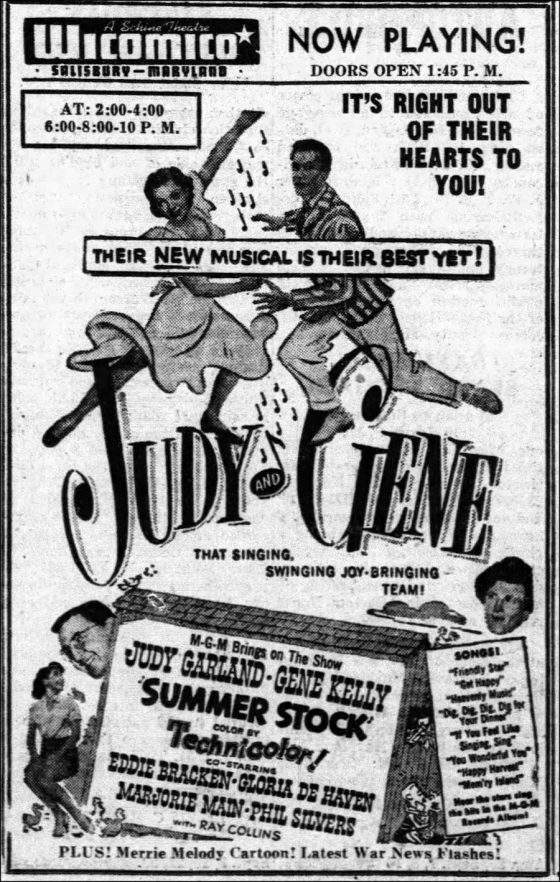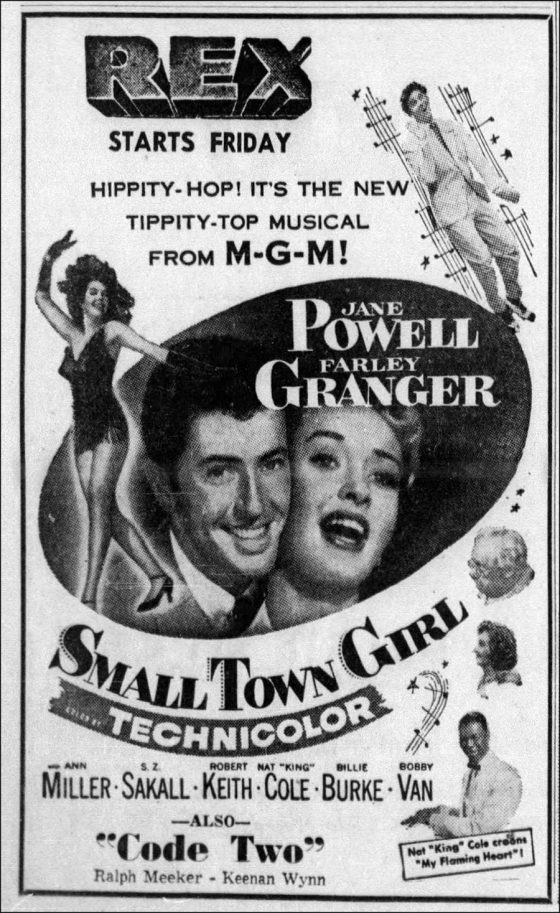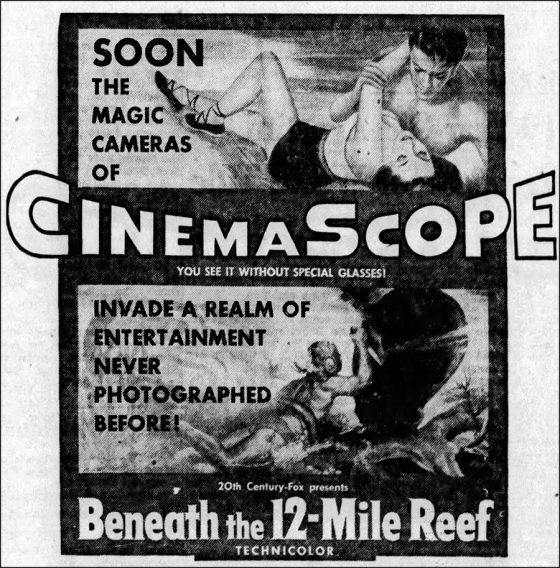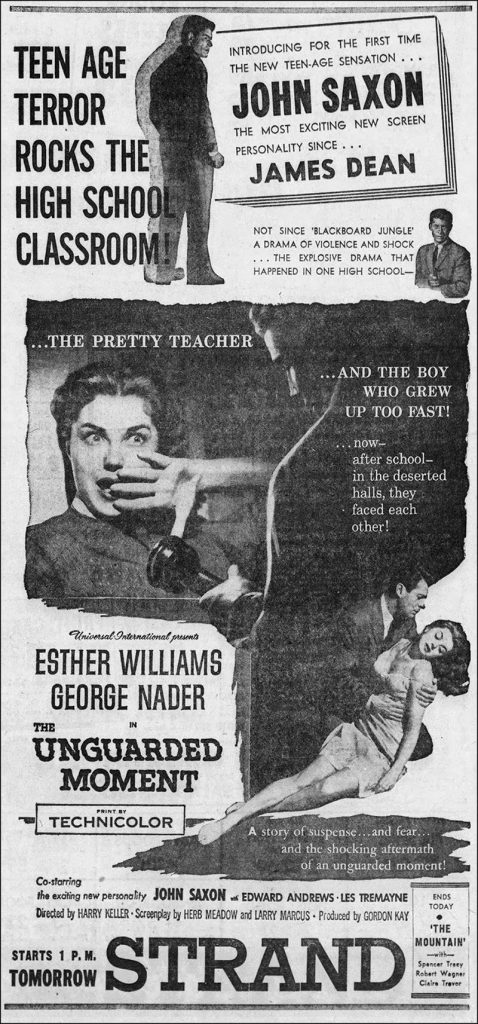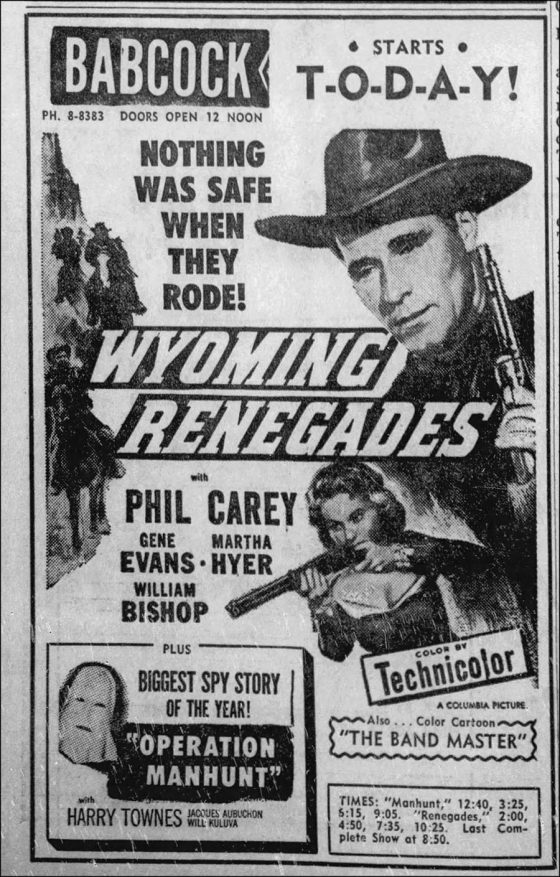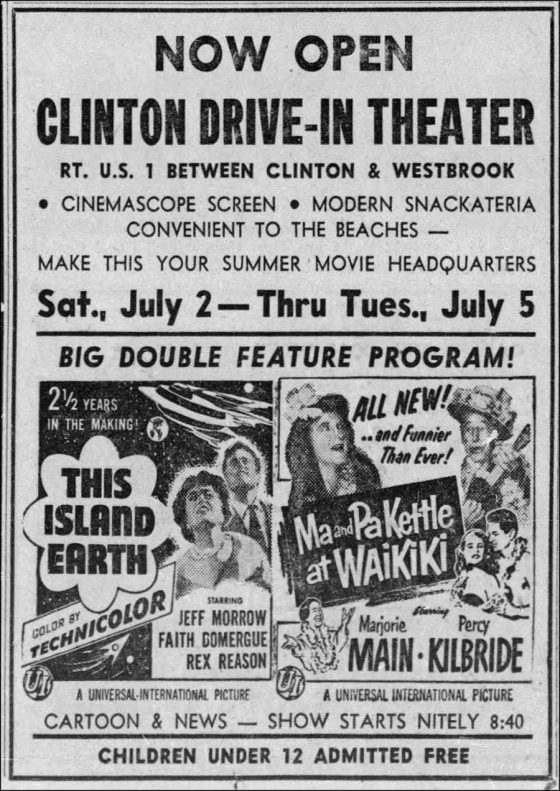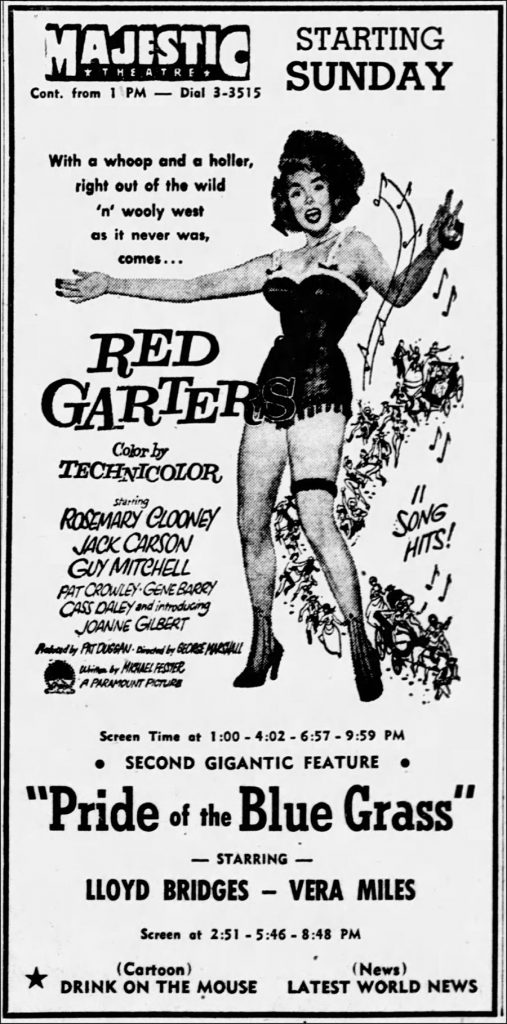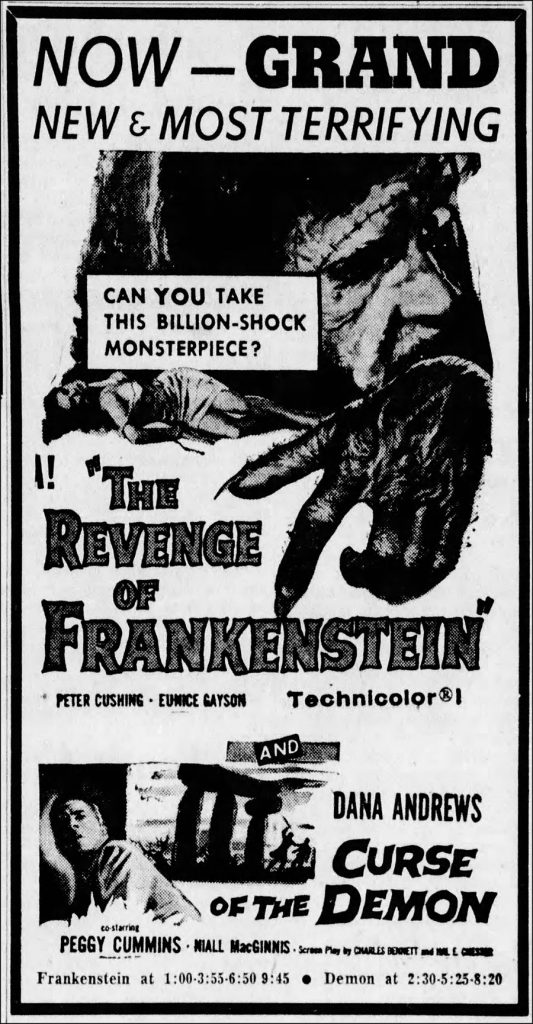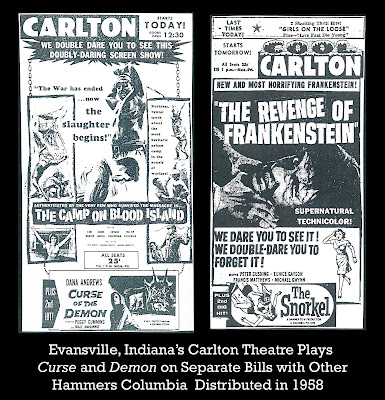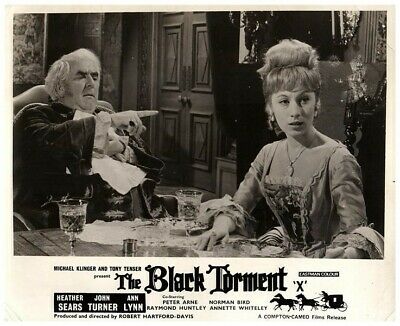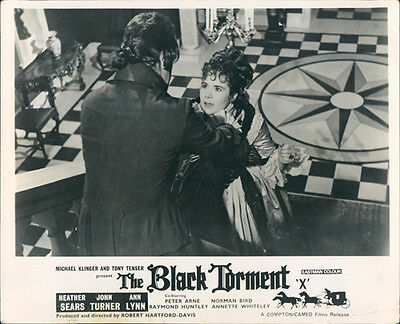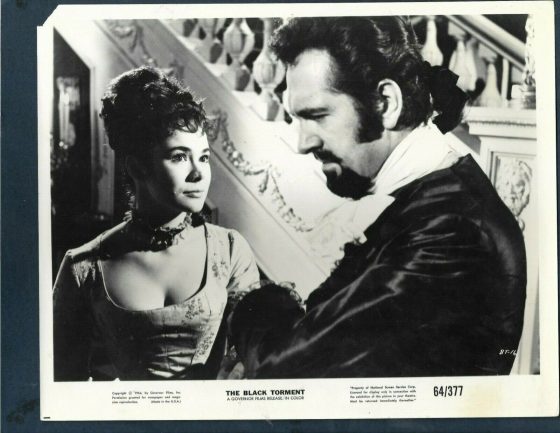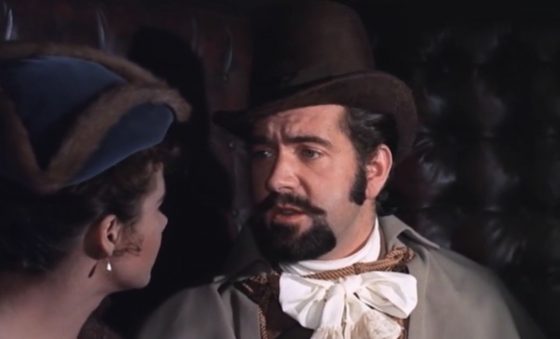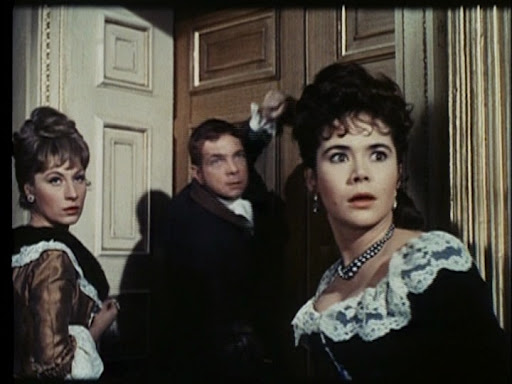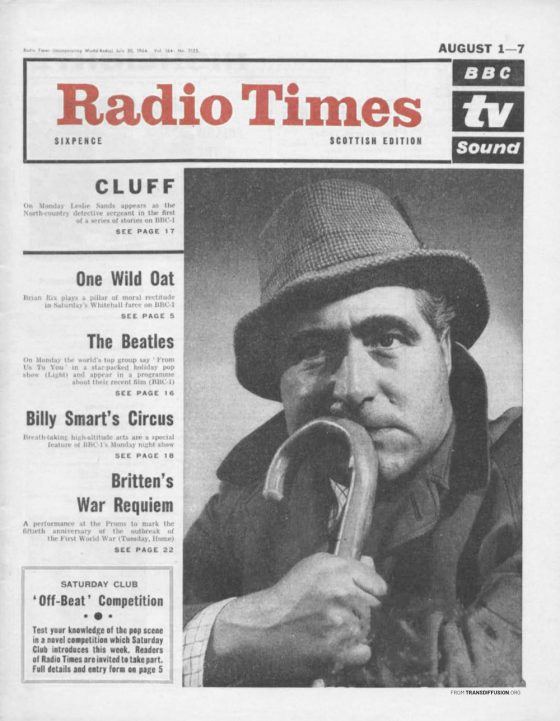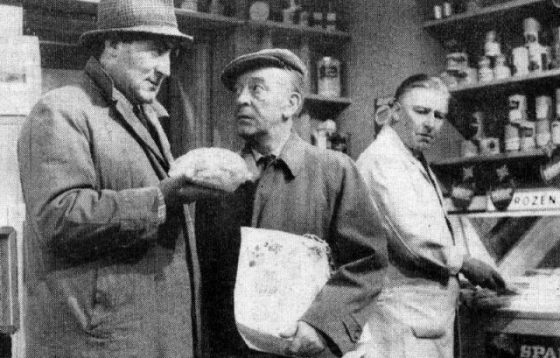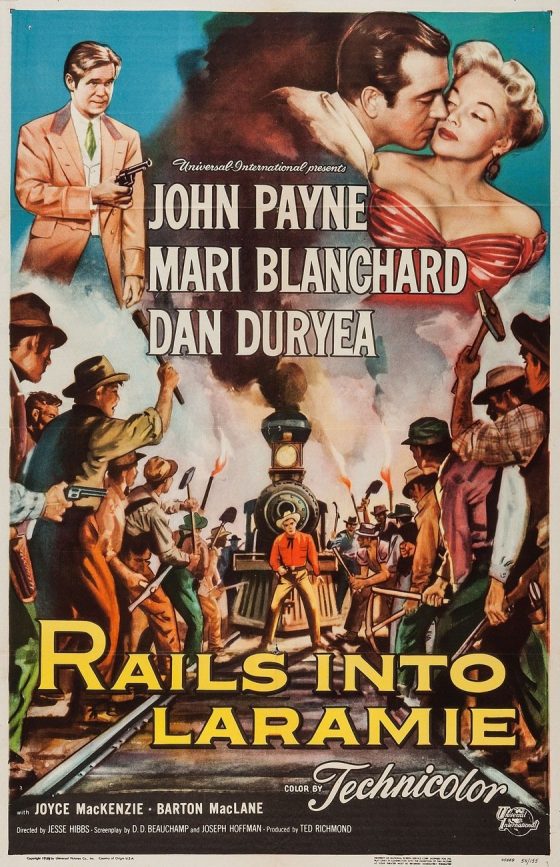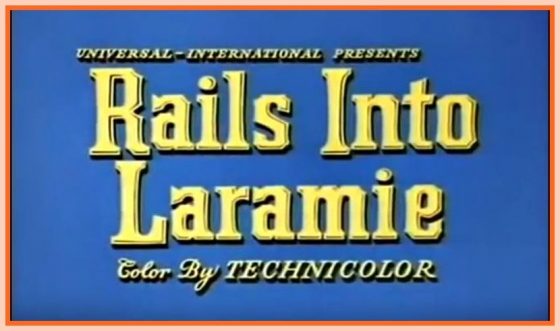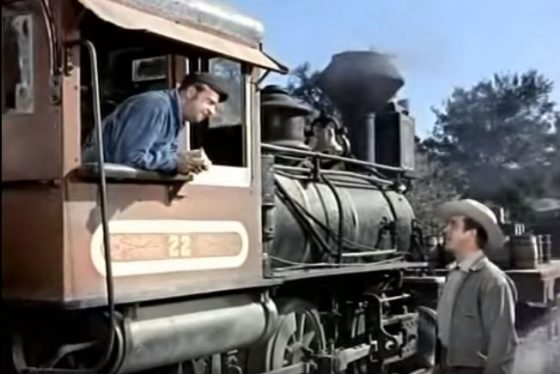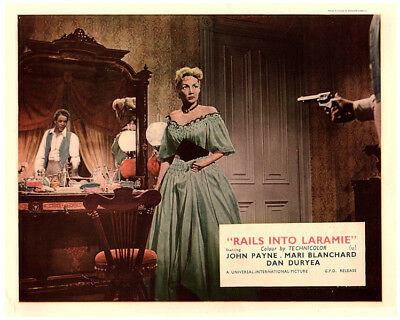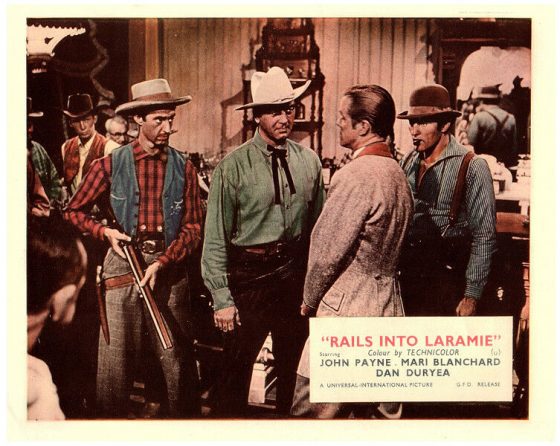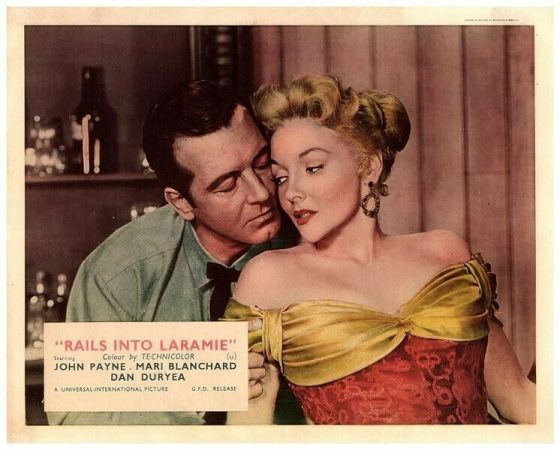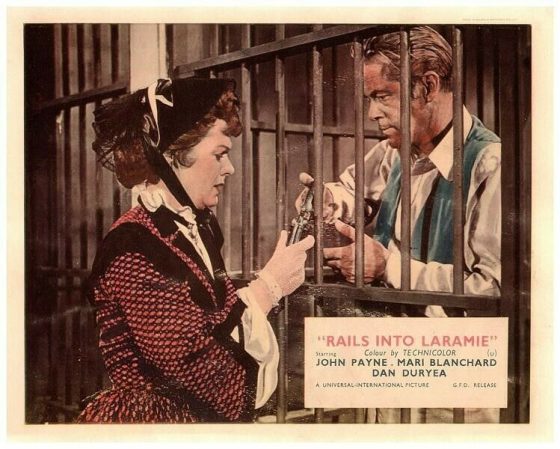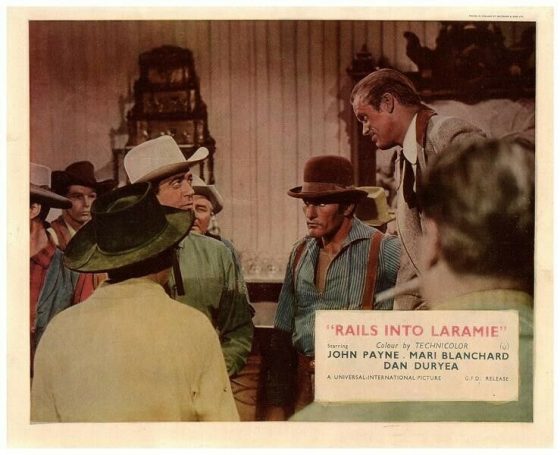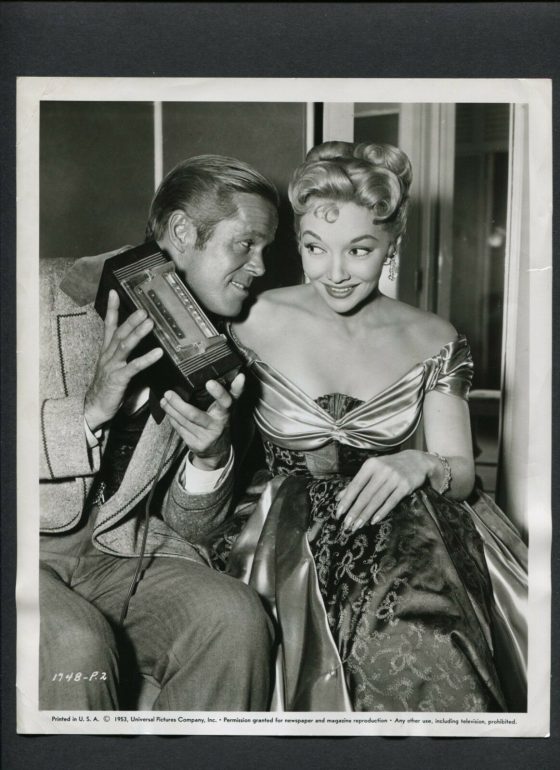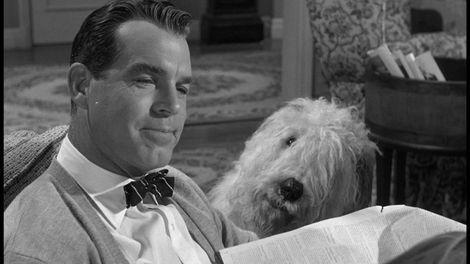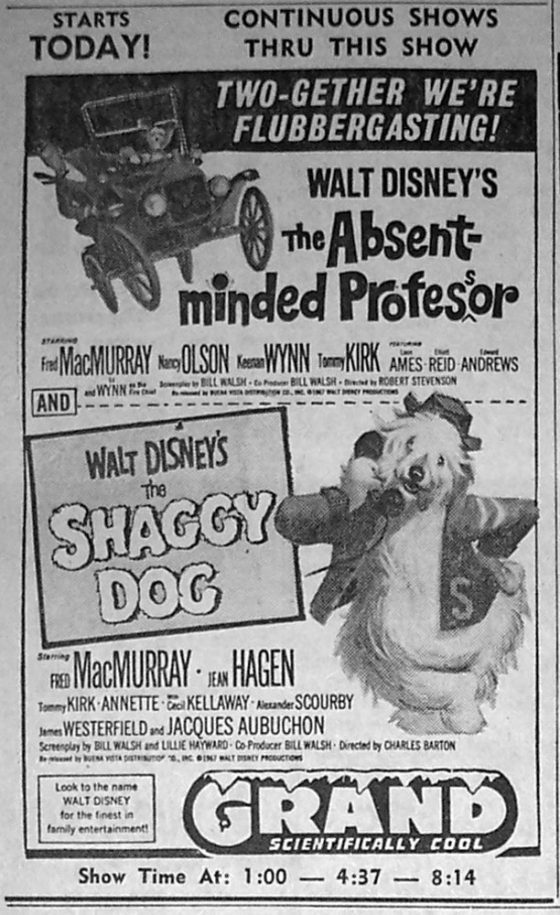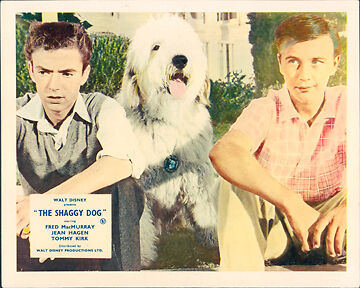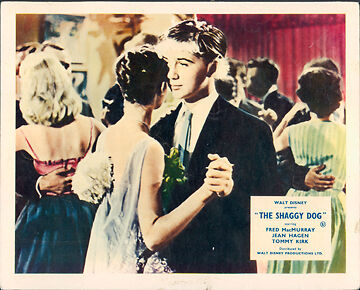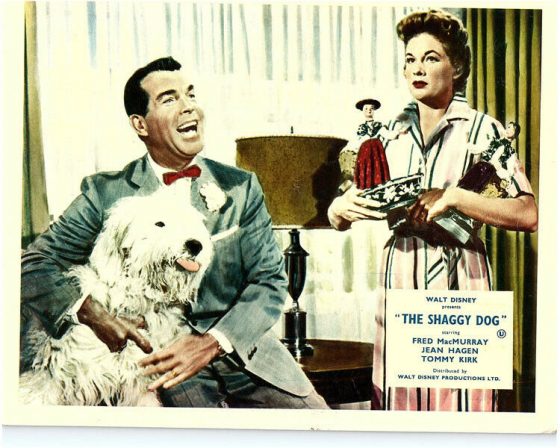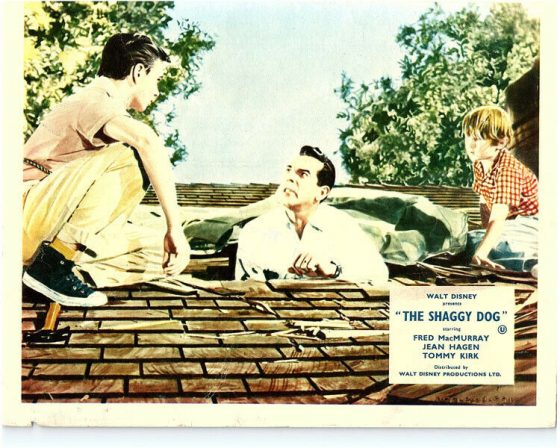THE KILLER SHREWS (1959)
Sometimes, as we all know, scientific experiments go wrong with disastrous consequences – this is the pretext for many horror / monster / creature films of this era but we loved them.
This one tells the story of a scientist who created the killer shrews
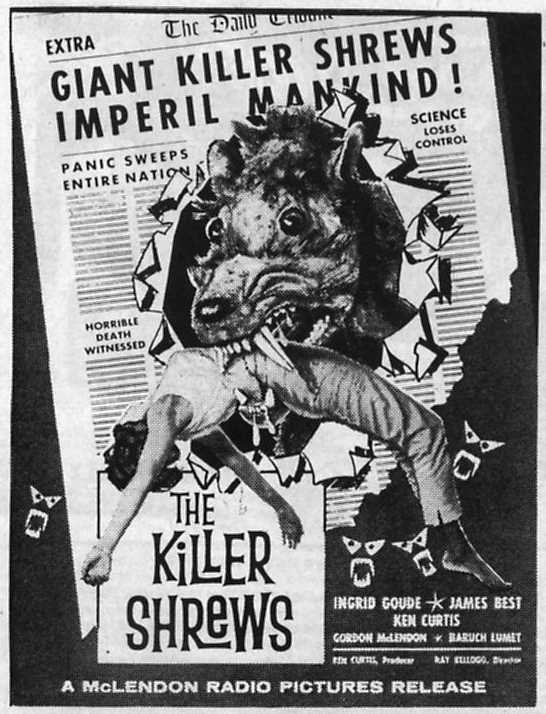
Good Special effects
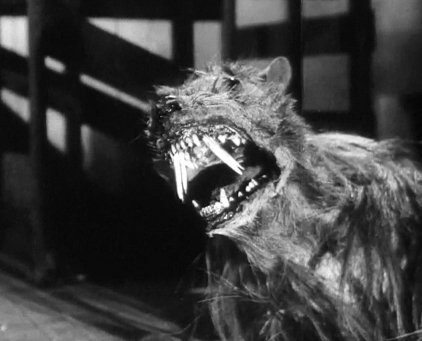
To set the scene, arriving on a remote island Captain Thorn Sherman (James Best) and his first mate, Rook Griswold (Henry Dupree) are there to deliver supplies to scientist, Dr. Marlowe Cragis (Baruch Lumet).
Cragis is on the island with his daughter, Ann (1957 Miss Universe Ingrid Goude), her fiance Jerry Farrell (Ken Curtis who also produced the film), and research assistant Dr. Radford Baines and servant, Mario (Alfred DeSoto).
The group are on the island conducting experiments to prevent overpopulation – should that ever become a problem. The Doctor’s theory revolves around the notion that if we had slower metabolisms and were half our size we’d live longer lives and the planet would survive on less.

On a normal day Captain Sherman would simply drop off the supplies and leave, but he and Rook become stuck there because of adverse weather conditions.
We soon see that Ann seems really nervous and Jerry Farrell is carrying a rifle and seems jumpy.
We then learn the story of the Doctor’s experiments after Sherman accompanies the group to the house for a drink.
Rook stays behind with the boat.
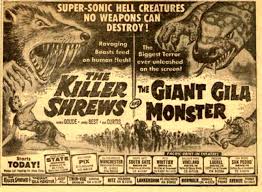
It turns out that the serum that’s supposed to make mankind smaller and slower has been tested on small, rat-looking creatures and a few of them have mutated into GIANT KILLER SHREWS!
Dr. Radford Baines explains all about the shrews and the experimentation
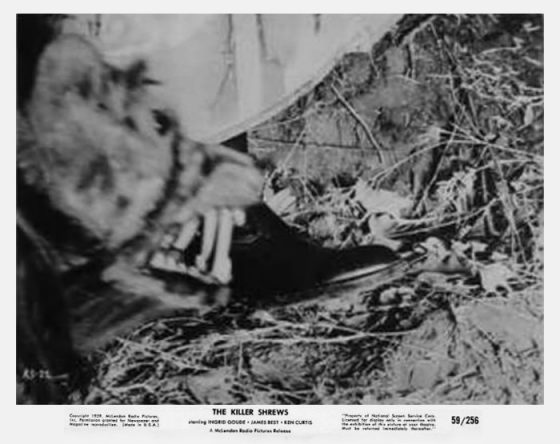
In any case, Dr. Cragis’ shrews have mutated to pick-up all the bad characteristics of their species, which apparently includes developing both a horrendous over bite and a voracious appetite for flesh – human flesh at that.
These shrews also mate like rabbits and the few that escaped from the laboratory now number in the hundreds. The main problem arises when it seems that the only food source left on the island is the people!
The Captain is now trapped inside the house with the others because the shrews will attack if they try to get back to the boat. Meanwhile, little by little the shrews eat through the walls to get inside the house.
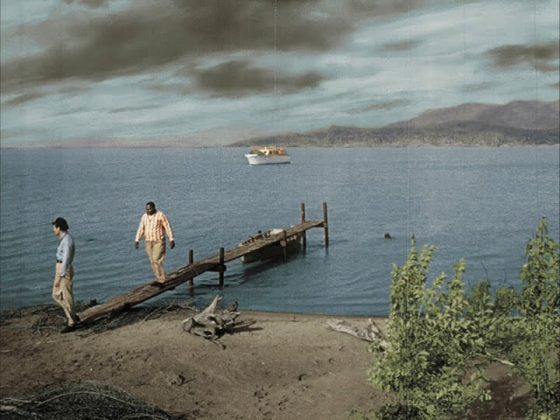

Now in constant danger the men take turns staying up through the night with guns in hand to kill any shrew who might get inside.
The first one killed by the shrews is Rook Griswold when he attempts to reach the house during the night.
Anyway Mario dies, and we soon learn, due to poison when he is bitten by the shrew on the shin because as the Doctor explains he’d tried to kill the beasts with poison, but they mutated to accept it.
Dr. Baines also dies as a result of a shrew bite. As the fast-acting poison works its way through his system he manages to type a list of all his symptoms before he keels over approximately 30 seconds later. Now the group must not only fear being eaten alive, they have to avoid a mere scratch!
As daybreak approaches shrews come and shrews go, but the majority of the animals are out there and the tension builds.
We do get some relief as Ann and the Captain have developed feelings for each other. This in itself, leads anxiety for everyone because Jerry Farrell, Ann’s fiance doesn’t take to the flirting.
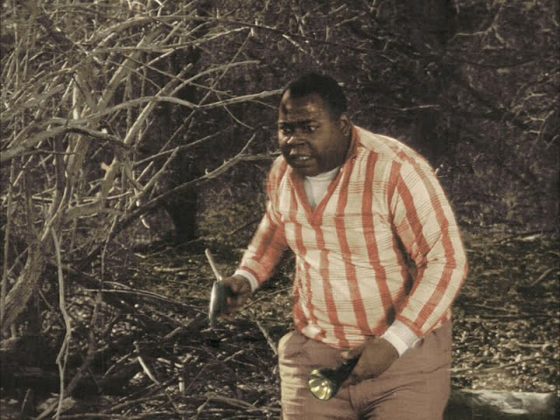
Now that the house has been breached Captain Sherman, Dr. Cragis and Ann decide the only way to survive is to make it to the boat. Farrell, now crazy with jealousy and fear decides to stay behind and fend for himself, which proves a bad decision, as he becomes fodder for the shrews.
Meanwhile, the other three come up with an ingenious way to make it out of the house, across the island, into the ocean and onto the boat. What they do is take empty barrels of oil, cut holes into them so as to see where they’re going, turn the barrels upside down and tie them together. Each person then gets inside a barrel and walks that way towards the boat. It’s very effective, if not without its perils as the terrifying shrews pursue them all the way.


Luckily the oil barrel trick works and the three – miraculously – make it onto the boat – and live happily ever after. The shrews are left to eat themselves on the remote island.
A colorised version of The Killer Shrews was released on DVD as a double feature with ‘The Giant Gil Monster’ which was made at the same time as The Killer Shrews and by the same producer and director.
Both of these films got a National and International Release. The ‘Killer Shrews’ was made on a budget of 123,000 US Dollars and took over One Million Dollars at the Box Office – pretty good going.
I have seen much of the film and have to say it is well done and likeable. I certainly like the film.
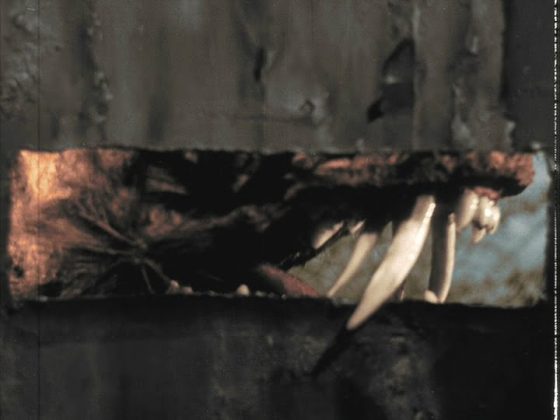
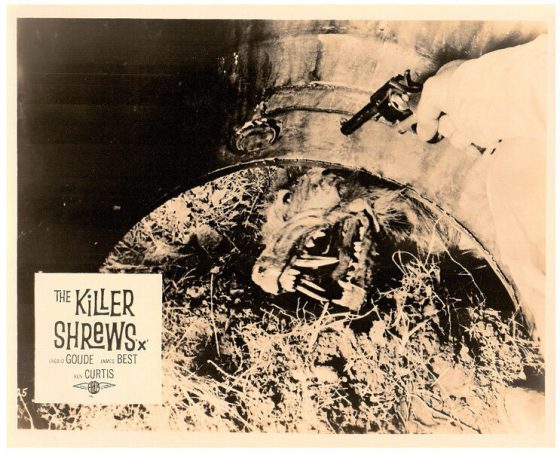

They must escape ABOVE



